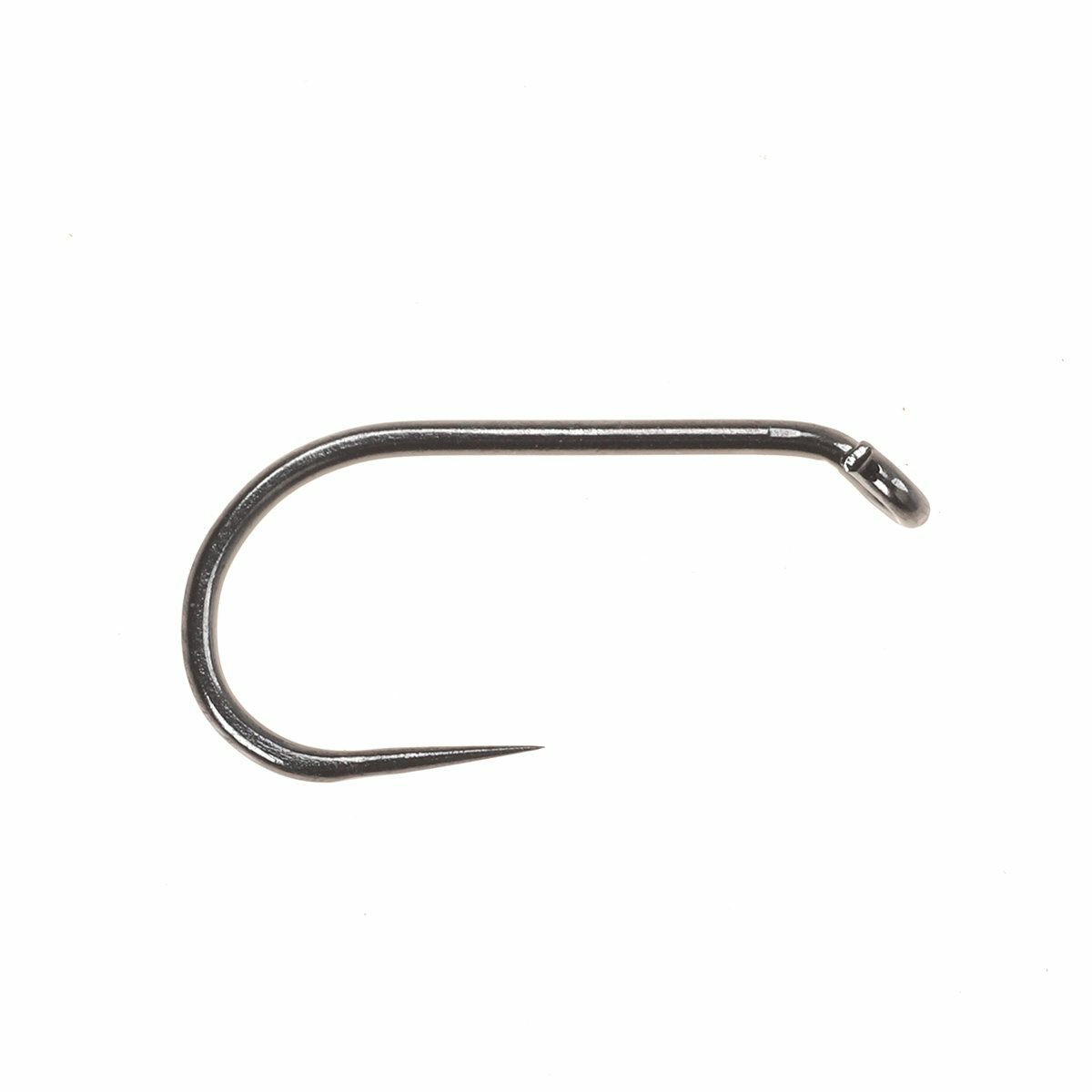
A recent post on Facebook got me thinking about what is really important when taking up the hobby of Fly Tying. After much debate about vices, tools ect, It occurred to me one of the single most important things is the hooks we use. When it comes to fly fishing, the fly fishing hook is a crucial component often overlooked, that plays a vital role in your angling success. After all it is the only thing the fish will ever see, other than your net....... hopefully. A well-designed hook not only secures your fly tying materials but also ensures effective hooksets and reliable fish retention. To gain a deeper understanding of this essential part of the fly fishing puzzle, let's explore the anatomy of a fly fishing hook and the various components that make it up. Eye: The eye of the hook is the small loop at the front that allows you to attach your tippet or leader. It can come in different shapes, such as straight, turned up (up-eye), or turned down (down-eye). The choice of eye depends on the specific fly pattern and fishing conditions.
Eye: The eye of the hook is the small loop at the front that allows you to attach your tippet or leader. It can come in different shapes, such as straight, turned up (up-eye), or turned down (down-eye). The choice of eye depends on the specific fly pattern and fishing conditions.
Shank: The shank refers to the long, slender portion of the hook that extends from the eye to the bend. It determines the overall length of the hook. Hooks with longer shanks are generally used for larger flies and certain fishing techniques like streamer fishing, while shorter shanks are suitable for smaller patterns like nymphs and dry flies.
Bend: The bend is the curved portion of the hook where it transitions from the shank to the point. There are several types of bends commonly used in fly fishing hooks, including round bend, wide gap, and Sproat bend. Each bend has its own benefits and is chosen based on the intended use and fly pattern.

Gape: The gape, also known as the gap or bite, is the space between the point and the shank of the hook. It determines the width of the hook's throat or mouth. Wider gaps are favoured for patterns that require a solid hookset, such as bass or saltwater flies, while narrower gaps are suitable for delicate presentations and trout flies.
Point: The point is the sharpened tip of the hook that penetrates the fish's mouth when it takes the fly. It can be either barbed or barbless. Barbless hooks are gaining popularity due to their reduced potential for damage to fish and easier hook removal. However, barbed hooks offer better fish retention. The point can be straight, slightly curved (reversed), or beaked, depending on the design of the hook.

Barb: The barb is a small projection located just below the point on most hooks. It is designed to prevent the hook from easily sliding out of a fish's mouth. While barbed hooks provide better holding power, they can cause additional harm to the fish. The use of barbless hooks is becoming much more widely accepted as being better for those practicing catch and release.

Gape Width: The gape width is the distance between the shank and the point at its widest part. It influences the hook's ability to hold and penetrate the fish's mouth effectively. It is crucial to choose the appropriate gap width based on the target species, fly pattern, and fishing technique.
Weight: The weight of a fly fishing hook refers to how heavy or light it is. Heavier hooks are commonly used for sinking flies and streamer patterns, while lighter hooks are suitable for dry flies and nymphs. The weight of the hook affects the overall balance of the fly and its presentation in the water. Consideration must be given to the size of the fish you intend to target and the tackle you intend to use. Using an #8 Wt rod with a light wire hook intended for dry fly fishing will not end well.

Material and Finish: Fly fishing hooks are typically made of high-quality steel or other durable materials. The finish applied to the hook can vary and may include options such as stainless steel, nickel-plated, black nickel, or bronze. The choice of material and finish depends on factors like the intended fishing environment and corrosion resistance.

Understanding the anatomy of a fly fishing hook is essential for selecting the right hook for a specific fishing scenario. Consider the target species, fly pattern, fishing technique, and environmental conditions when choosing the appropriate hook. By doing so, you can optimize your chances of success on the water and enhance your overall fly fishing and fly tying experience.
